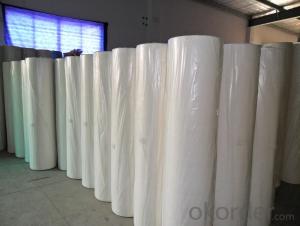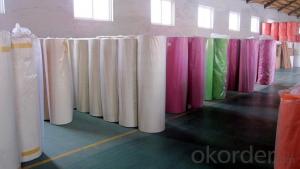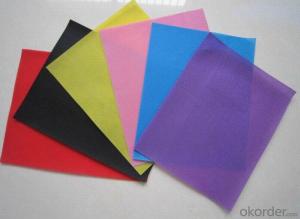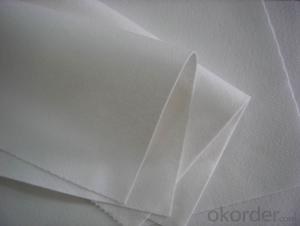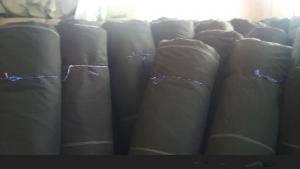wholesale cheap fabric for making bags, tnt non woven fabric for packaging
- Loading Port:
- Shanghai
- Payment Terms:
- TT OR LC
- Min Order Qty:
- 1000 kg
- Supply Capability:
- 10000 kg/month
OKorder Service Pledge
OKorder Financial Service
You Might Also Like
Characters of wholesale fabric & non woven fabric;
1.no-toxic ,breathable ,mothproof ,anti-bacteria ,eco-friendly .
2.original manufacturer with good quality and cheaper price .
3.many colors and function product for you choose .
4.good service and timely delivery .
wholesale fabric &non woven fabric ;
1.100% PP; 2.Machine width : 2.1M; 2.4M 3.Weight: 9-250g; 4.Color: Any color is available
Usage of wholesale fabric &non woven fabric ;
1.Medical : face mask ,cap ,bedsheet , disposable underwear ,protective clothing ,surgical gown, curtain,etc.
2.Industry : waterproof ,roof material ,dam cloth .
3.Packing : nonwoven bag ,gift bag ,storage bag , home textile, pillow, cushion, mattress packing,etc.
4. Agriculture: agriculture cover, plant cover, weed stop, weed barrier, garden fleece, frost protector
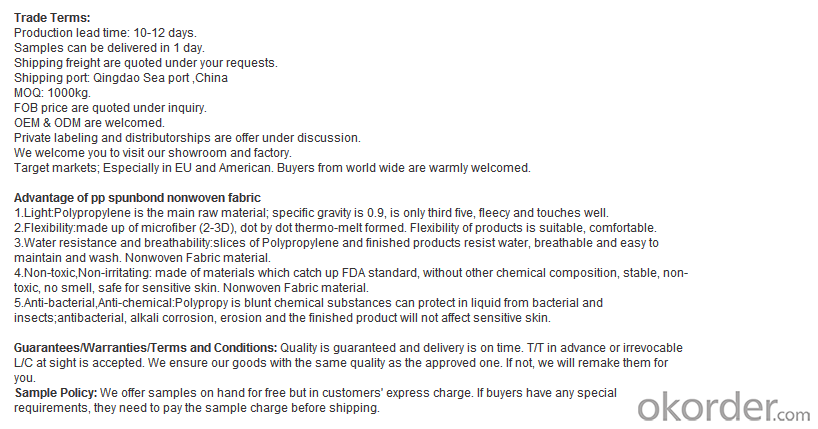

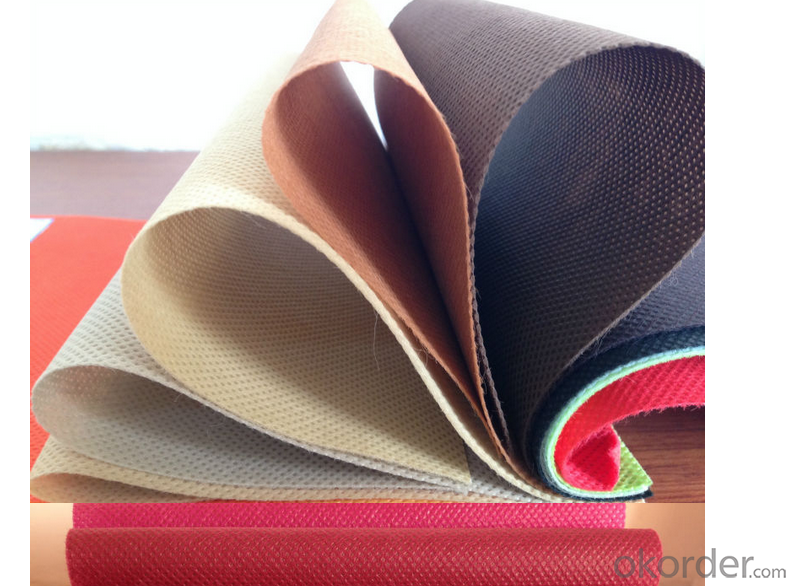




We are recognized as a reliable Manufacturer, Exporter and Supplier of Non Woven Fabric. We can provide Non Woven Fabric in any gram/m2 and any colour required by customer. Non Woven Fabrics are broadly defined as sheet or web structures bonded together by entangling fiber or filaments (and by perforating films) mechanically, thermally or chemically. PP Spun bonded Non woven Fabrics are produced using a precise extrusion-based technology. The polymer is stretched into a continuous filament and loosely spread onto a conveyor belt to form the web. Air is used to form and lay the fabric filaments. On the other hand, some non woven fabrics can be recycled after use, given the proper treatment and facilities.
Product Specifications
Weight: 10 - 150 gsm
Width: Max 1600 mm (can be slit)
Fabric Roll Length: As per buyer’s need ( 200 - 1200 Mtr)
Color: various colors available.
Procedure of production: Spun bonded Non Woven, Diamond design
Material: polypropylene
Minimum Order: 1000 Kg
Sample: sample free, freight collect
Product Application
Non woven fabric manufacturers usually manufacture the fabric in a roll form. It is then sent to various other industries where it has end applications, where is it cut and given different form depending upon the use. They can also be used in combination with different materials and offer a wide range of products.
Colored Non woven fabrics are use in many sectors and variety of applications, such as Health, Hygiene, Medical, Packaging, Agriculture, Furniture Upholstery, Geo Textiles, Leather Industry, Shoes and Garments. Customers come from the textile and automotive industries as well as many other sectors.
- Q: What are the common textile auxiliaries?
- Shorten the processing cycle or reduce the processing process, save processing time, improve processing efficiency. Reduce energy consumption, save energy and reduce costs
- Q: Are hats a class of textile and apparel products?
- Hats are popular for textile products, processing or general trade.
- Q: What is the amount of alkali in the textile mill
- Diminishing, as the name implies, is to reduce the amount of something. Here refers to the polyester fabric on the corrosion treatment, the polyester fiber surface corrosion does not affect the performance of the groove, in order to achieve a soft, breathable good purpose.
- Q: What are the types of textiles that are different?
- According to the different production methods are divided into line class, with class, rope, woven fabrics, textile fabrics and other six categories:
- Q: Processing of textiles, processed products were detected formaldehyde exceeded, how to deal with
- Direct contact with the skin of textiles, not more than 75PPM; 3, non-direct contact with skin textiles, not more than 300PPM;
- Q: What are the Advantages and Disadvantages of PE and PVC in Textile Fabrics
- With non-flammability, high strength, weather resistance and excellent geometric stability.
- Q: What is the step in the textile fabric
- As much as possible to understand the production and operation of the processing plant, and the factory's excellent / inferior to fully assess, so that know the root.
- Q: What are the invoices for the textile industry?
- If you are the general taxpayer of the trade sales type, the finished textile fabric purchased is the incoming invoice
- Q: The meaning of the following terms in the textile industry: fabric, processing number, genuine number.
- If it is blended cotton or linen, blended ratio: cotton <chemical fiber. Shrinkage is very small. In short, the greater the chemical fiber content shrinkage rate.
- Q: What causes the loss of textile enterprises
- RMB appreciation, foreign currency depreciation, export restrictions, 07 export tax rebate rate down, some small processing textile enterprises out
Send your message to us
wholesale cheap fabric for making bags, tnt non woven fabric for packaging
- Loading Port:
- Shanghai
- Payment Terms:
- TT OR LC
- Min Order Qty:
- 1000 kg
- Supply Capability:
- 10000 kg/month
OKorder Service Pledge
OKorder Financial Service
Similar products
Hot products
Hot Searches








